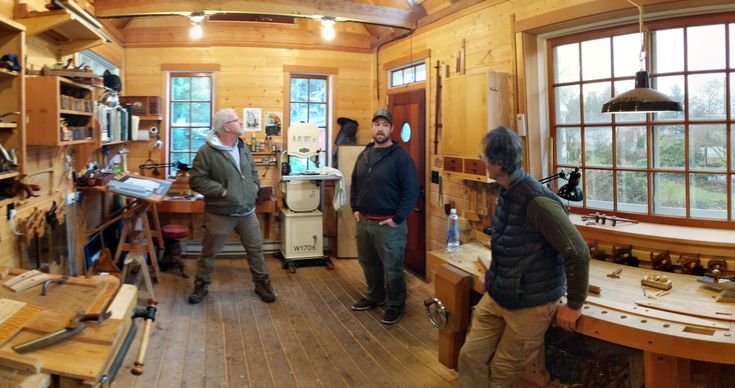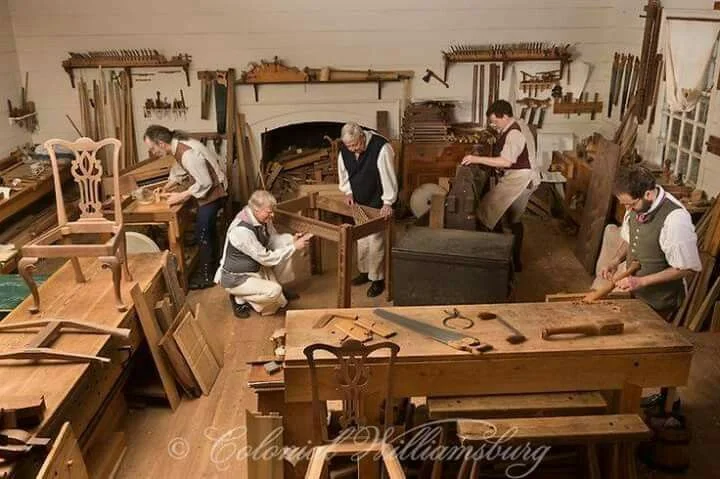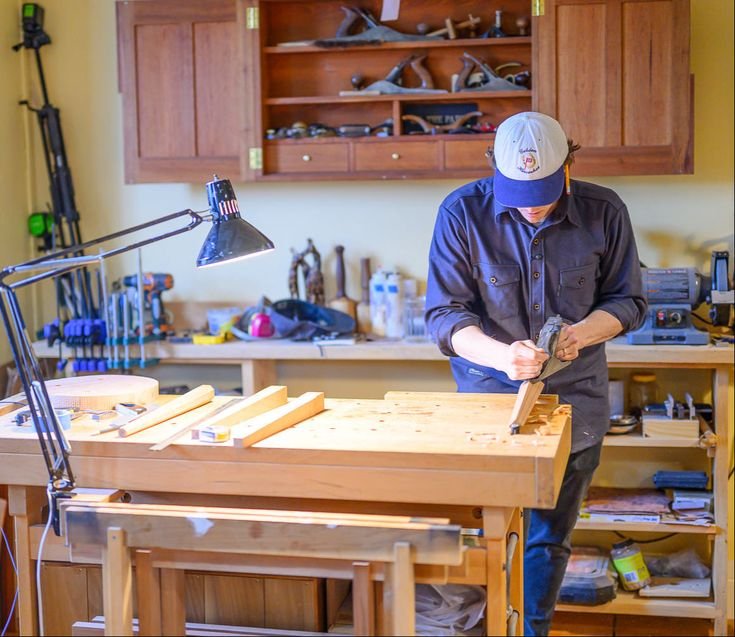A Tale of Staining Oak Plywood
So, there I was, sitting in my little workshop, which is more of a glorified shed if we’re being honest. The kind with peeling paint and tools strewn about — just a whole mess of love and sawdust. At the end of a grueling work week, I had decided to tackle a new project: a simple shelving unit for my living room. Something to hold all those books that just keep piling up. You know how it goes. So, I grabbed some oak plywood. It was this lovely stuff, with that warm, inviting grain. I took a whiff of it—nothing quite like the smell of fresh wood on a crisp Saturday morning.
Now, the day before, I had spent some time browsing through YouTube, confidently munching on popcorn while watching all these woodworking pros stain their projects, making it look so easy. They always make it seem like magic, don’t they? I thought, “Well heck, how hard can it be?” Spoiler alert: it can get tricky.
The First Stain
I picked out a can of Minwax Early American stain from my local hardware store, lured in by the promise of rich, dark tones without too much fuss. The lady at the store gave me a knowing smile, like she’d seen a million of me come in, eyes sparkling with dreams of blossoming woodcraft glory. Somehow, I left without asking her the important questions. Rookie mistake.
So, I got home, excited and maybe a little too ambitious, and laid out everything I thought I’d need: paintbrushes, a rag, and my brand new can of stain. I could practically hear the “oohs” and “aahs” of my family when I showed off the finished shelves.
I poured some stain into a small tray — and let me tell you, that first brush stroke was like a symphony. It glided over the plywood, filling in those beautiful grains. But then, something weird happened. The stain just didn’t look the way I expected. It seemed… blotchy? I couldn’t figure out why. Maybe the wood was too porous? Maybe I hadn’t prepped it right? I almost gave up at that moment, staring at it like it had betrayed me.
Ah, the Sander and Its Follies
I remembered watching that one fella on YouTube who mentioned sanding the wood before staining. I had skipped that step, thinking it was just another overzealous detail. But, oh boy, was I wrong. You see, I barely had a decent orbital sander, just an old one I picked up at a flea market. It wheezed like an old man and sprayed dust everywhere. Not the neatest tool I’ve ever owned, but it was the best I had.
So, in a fit of determination, I took that sander and went to town. I could hear the wood grains laughing at me, as if they were saying, “You should’ve listened.” After an hour of dust and frustration, I wiped everything down and figured I’d give it another go.
Life lesson? Always sand your wood, folks. It’s like priming the canvas before you throw paint on it.
More Than a Little Patience
I finally settled into my rhythm, getting all zen with the next stain application. This time? I went slow, taking my time to brush it on and wipe it off. Watching the grain pop like magic felt like pure alchemy. The oak transformed before my eyes.
But here’s the kicker: I underestimated the drying time. I was so eager to see the final product that I didn’t let the first coat dry properly. When I went in for the second round of staining, I saw some drips forming—kind of like those weird growths on a lizard… I was mortified. “Am I really going to mess this up again?” I thought.
At this point, I was ready to just toss the whole thing and buy a pre-made shelf. You ever been stuck in that moment of doubt? It felt heavy, like lifting a sack of cement. But thankfully, I pulled myself back from the edge. I took a step back, had a sip of coffee, and said to myself, “This is art. Let it be messy. You can clean it up.”
The Joy of Imperfection
So I embraced the mess. I waited for everything to dry completely and sanded those pesky drips away. I went in with some more stain, and to my surprise, it worked! It was still a bit splotchy in places, but it had character. I laughed when it actually looked decent, like a proud parent at a school play.
When I finally set those shelves up, leaning against the wall, I stood back and marveled at my creation. Sure, it wasn’t polished like something from a fancy store, but it told a story. Each mark, each little imperfection? It was a reminder of my journey, of the lessons learned, and the silly mishaps along the way.
A Bit of Wisdom to Pass On
So here’s where I land with all this: if you’re thinking about staining oak plywood or tackling any project, just go for it. Don’t get too caught up in the fear of making mistakes. Sure, it might get messy, but that’s half the beauty of it. It’s a journey, not a race. You’ll end up with something that’s uniquely yours, and those little quirks? Trust me, they’ll make it even more special.
Life, just like woodworking, is a whole lot more beautiful when you let the imperfections shine. So grab that stain and make something! You won’t regret it.










